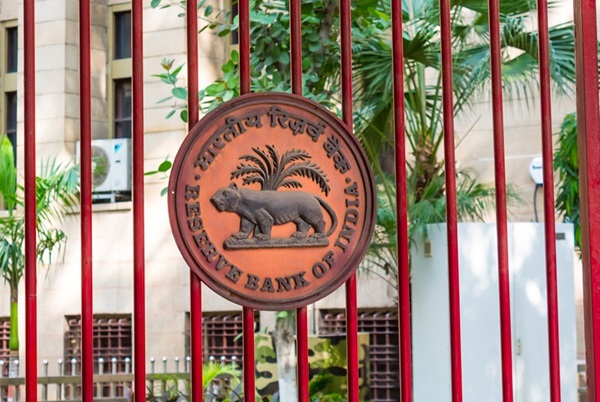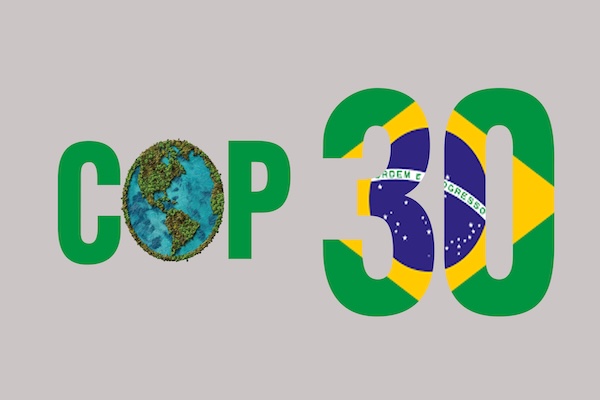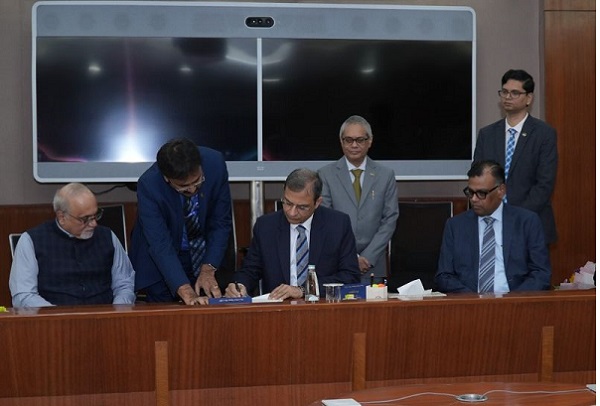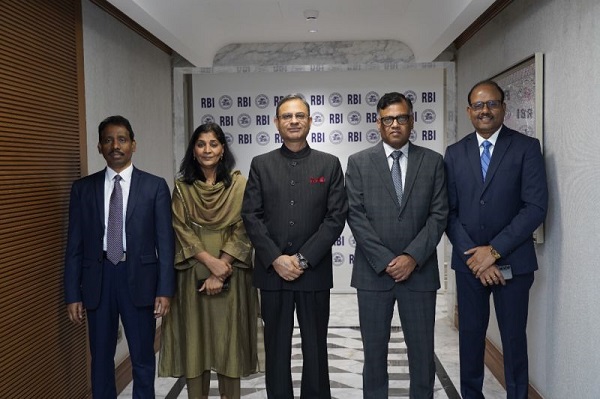.png)
August 4, 2025 at 12:13 PM IST
India’s central bank is widely expected to keep the policy repo rate unchanged in its upcoming monetary policy announcement on Wednesday. However, the possibility of further easing in subsequent meetings has increased, particularly following the recent US tariffs on Indian exports. This development has introduced new risks to India’s growth outlook, just as domestic inflation has eased sharply, strengthening the case for a more accommodative monetary stance.
| Media Organisation | Rate Poll |
| Bloomberg | Unchanged |
| Reuters | Unchanged |
| Mint | Unchanged |
| Economic Times | Unchanged |
| Financial Express | Unchanged |
| Business Standard | Unchanged |
| Informist | Unchanged |
The Reserve Bank of India’s Monetary Policy Committee delivered a 50-basis point cut in June and adopted a neutral stance, indicating a shift to a data-dependent approach. This followed back-to-back rate reductions earlier this year, which were aimed at supporting growth amid subdued inflation. With headline CPI inflation slowing to 2.1% in June, the lowest level since February 2019, and core inflation also trending below 4%, monetary policy space has widened.
While consensus suggests no change in the August meeting, expectations of at least one more 25-bps cut before year-end remain firm. ICICI Bank and SBI Research expect this to occur in August.
Morgan Stanley anticipates the next cut in October, arguing that the RBI may pause now to evaluate medium-term inflation and growth dynamics, especially after the front-loaded action in June. The central bank’s updated inflation projection will be closely watched. A downward revision in 2025-26 CPI forecast, currently at 3.7%, would reinforce expectations of a continued easing cycle.
Inflation-Growth Dynamics
Inflation dynamics have shifted decisively. CPI inflation has tracked below the 4% threshold for much of 2025 so far, and average inflation for the first half of the calendar year stands at 3.2%. Food prices, particularly vegetables and pulses, have contracted on a year-on-year basis, aided by favourable monsoon, improved crop output, and timely administrative actions including stock limits and open market operations.
ICICI Bank and Morgan Stanley expect the RBI to significantly revise its inflation forecast downward at this meeting. With projections for 2025-26 averaging around 2.7%–2.9% from various analysts, well below the RBI’s 3.7% forecast, there is growing room for policy easing. That said, the central bank remains attentive to medium-term inflation risks. While the near-term outlook appears benign, one-year-ahead expectations are largely unchanged, with core inflation inching up marginally in recent months. The RBI may prefer to see more durable trends before committing to further cuts.
On growth, high-frequency indicators suggest slowing momentum, particularly in urban consumption and private investment. Capex remains subdued, and rural demand has yet to recover fully. This, combined with an absence of fiscal expansion, strengthens the case for monetary policy to remain supportive. Several economists argue that maintaining a restrictive stance in such an environment may result in avoidable output losses, particularly when inflation is already well below target.
Liquidity and Transmission
System liquidity remains in surplus, aided by the RBI’s earlier infusion measures and the transfer of a large dividend to the government. The weighted average call rate has consistently traded below the repo rate, indicating that policy transmission is taking place. Barclays and ICICI Bank note that the RBI is likely to continue allowing liquidity to remain in modest surplus, supporting effective transmission into the real economy. Banks have already responded by lowering deposit rates, and with liabilities repricing quickly, lending conditions may become more favourable over the coming quarters.
Despite the surplus liquidity, the RBI is unlikely to introduce additional support measures at this juncture. Governor Sanjay Malhotra has reiterated that liquidity tools remain within the RBI’s operational domain, separate from the MPC’s interest rate decisions. The central bank is expected to maintain its nimble approach, ready to intervene if system conditions tighten unexpectedly.
External Risks
External factors, especially trade policy developments, are increasingly influencing policy expectations. The imposition of US tariffs on Indian exports last week has introduced a fresh layer of uncertainty, posing downside risks to India’s external sector and growth prospects. Analysts across reports agree that these trade disruptions could lead to weaker investment and consumption, reinforcing the need for a supportive monetary stance.
Further complications arise from the global rate environment. The US Federal Reserve has signalled limited room for cuts in 2025, with futures markets pricing in only 50 bps of cumulative easing. This constrains the RBI’s flexibility to diverge significantly without risking volatility in capital flows or exchange rates. Nonetheless, most analysts agree that India’s favourable external balances, adequate reserves, and currency stability offer some buffer against global spillovers.
While the RBI is expected to hold rates steady this week, the tone of its statement, changes in inflation projections, and any signals on liquidity management will guide expectations for the rest of the year. With inflation well below target and growth subdued, the balance of risks points toward one more rate cut in this cycle, likely in October.




